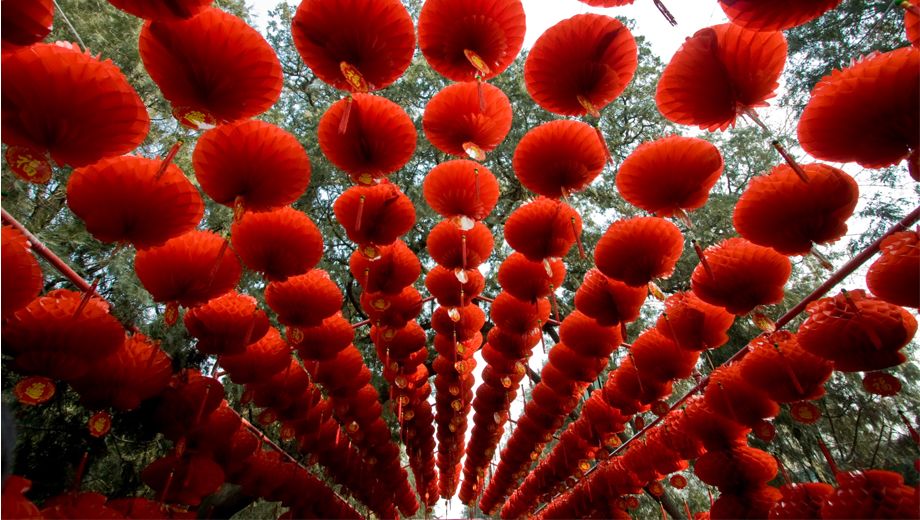????! Xin nian kuai le! Gung hay fat choi! The Spring Festival (commonly known as Chinese New Year in the West) travel season begins tomorrow and the largest human migration in the world will see more than two billion Chinese people on the move for the holiday.
Moving that many people around poses some transport challenges though, so here's our guide to getting around -- during the forty days of ?? (Chunjie) in China.
The core period of the festival when business shuts down is from the first to the eighth day -- 3-10 February in 2011. Expect business and travel in China during this period to be similar to Australia or New Zealand between Christmas and New Year.
Book Early
Air China has boosted seat numbers during this year's holiday period by 12%. That's 7.2 million seats, on 40,000 flights, during the 40-day travel period from 19 January to 27 February, just on the one airline.
Don't leave it to the last minute to book, though -- late booking tickets are difficult to come by.
Try a Chinese travel agent if you're having problems, and be open to flights with odd routings through unusual cities to get you to your destination.
It's not just internal flights in the People's Republic that are busy either. Hong Kong, Singapore and Taiwan are frequent destinations for family holidays during the new year period, with hotels filling up fast.
Australia's increasing popularity as a tourist destination for Chinese holidaymakers means that flights to and from Australian airports will be very busy. No wonder Hainan Airlines started its new flights to Shenzhen and Hangzhou this week.
Allow extra time at the airport
Public transport gets exceedingly crowded during the Spring Festival -- unsurprisingly, given that one hundred times the population of Australia is predicted to travel this year. While most Chinese people will be on buses or trains, China's increasingly affluent middle class will be heading to the airport.
Leave extra time to get to the airport, to check in, and to make it to the gate once you're through security. And don't bet on an empty middle seat!
Business is quiet, even if the firecrackers aren't
Unless your business is travel or hospitality, contacts in China are likely to be difficult to reach until the end of February. New Year visits to relatives and friends are common, though, and it can be an excellent time to make and improve personal links with business contacts.
Red is the predominant colour of the Spring Festival, so consider bringing along a red tie for any meetings. If you do meet business colleagues during Chunjie, consider small gifts of food or sweets. Red foods or sweets are considered auspicious, and fruit is always a popular choice. Giving pears is taboo, though -- the word for "pear" sounds like "separation".
Don't forget that the number 4 is bad luck in Chinese culture, so don't give groups of gifts in four. Be generous and double them to 8, the luckiest number. Throwing things away is also considered inauspicious, particularly during the first days of the festival.
Firecrackers are a perennial part of the experience in much of China, so don't be surprised if you hear them going off to celebrate the New Year. Or, for that matter, to celebrate just about anything.
Make the most of it if you're there
If you're in China, the Spring Festival is a fantastic experience. Check out the many markets that spring up to sell flowers, clothing and toys.
Food's an important part of the Chunjie experience -- we've never eaten so many dumplings. Auspicious red lanterns are raised from buildings, and dancers with dragons and lions parade through the streets.
It's a great time to be in China. Gong xi fa cai!

Hi Guest, join in the discussion on Chinese New Year: our guide for business travellers